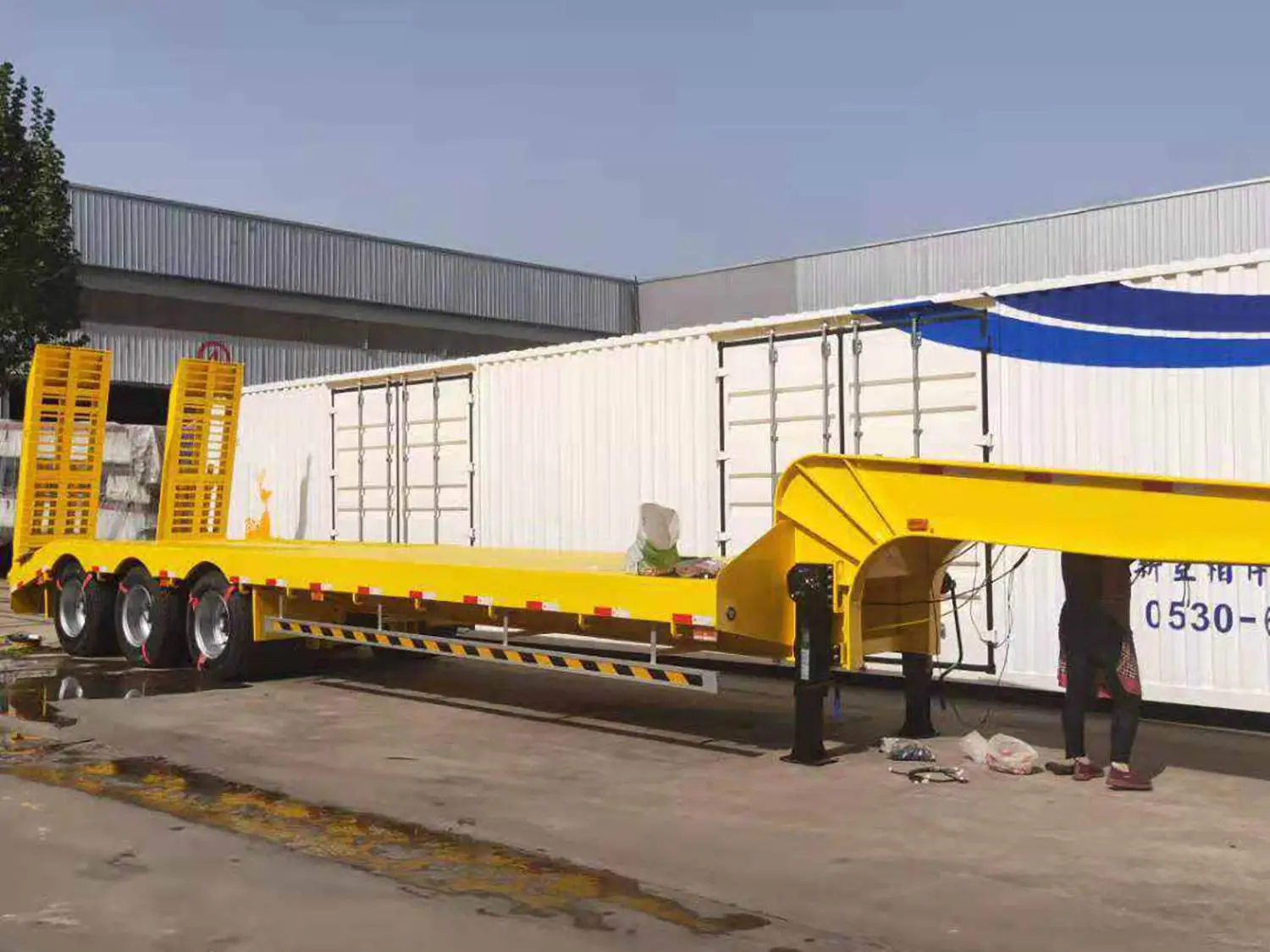Four common misunderstandings of semi-trailer maintenance
- Removing the engine thermostat by mistake
Some semi-trailer drivers mistakenly believe that high engine temperatures are normal, so they blindly remove the engine thermostat. This leads to the coolant can only be large circulation, can not adjust the cooling intensity, making the engine work at low temperatures for a long time, resulting in power decline, wear, increase in fuel consumption and other problems. In fact, cold temperatures are bad for engines. The normal temperature limit in the semi-trailer service specification should be followed to ensure the service life of the engine.
- Overtighten the fan belt
The tighter the fan belt, the better. Too tight belt may not only lead to its stretching or breaking, shorten the service life, but also may cause the generator shaft, water pump shaft bending deformation, and bearing damage in advance because of too much tension. The tightness of the fan belt of the semi-trailer engine should meet the technical requirements, in general, the relaxation of the belt should be 10 to 15 mm during normal assembly.
- Run the engine at idle speed for a long time
Many semi-trailer drivers know that if the engine speed is too high in the early start of the vehicle, it may damage the engine due to poor lubrication. However, few people realize that if the idle speed heats up for a long time, due to the low speed, the oil pump cannot quickly transport the lubricating oil to all the lubricated surfaces, causing the moving parts of the engine to work in dry friction or semi-dry friction. At the same time, poor fuel atomization at low temperatures, unburned fuel may enter the crankcase, wash off the oil film on the cylinder wall, and accelerate the wear of parts. Therefore, after starting the engine under low temperature conditions, the speed should be rapidly increased to rapidly heat up and improve the lubrication conditions.
- Tire pressure is too high or too low
Some semi truck drivers tend to charge the tire pressure higher, thinking that this can carry more weight and save fuel. This is wrong. Excessive tire pressure reduces the area of contact between the tire and the ground, increases wear, and increases the risk of blowouts. At the same time, too high tire pressure will reduce the adhesion of the tire, reduce the braking effect, increase the possibility of sideslipping, and pose a threat to driving safety. Similarly, too low tire pressure is not good, will lead to tire shoulder wear, increase fuel consumption and so on. Therefore, the correct approach is to inflate the tire according to the standard air pressure, usually in the range of plus or minus 5% of the standard air pressure is more appropriate.

